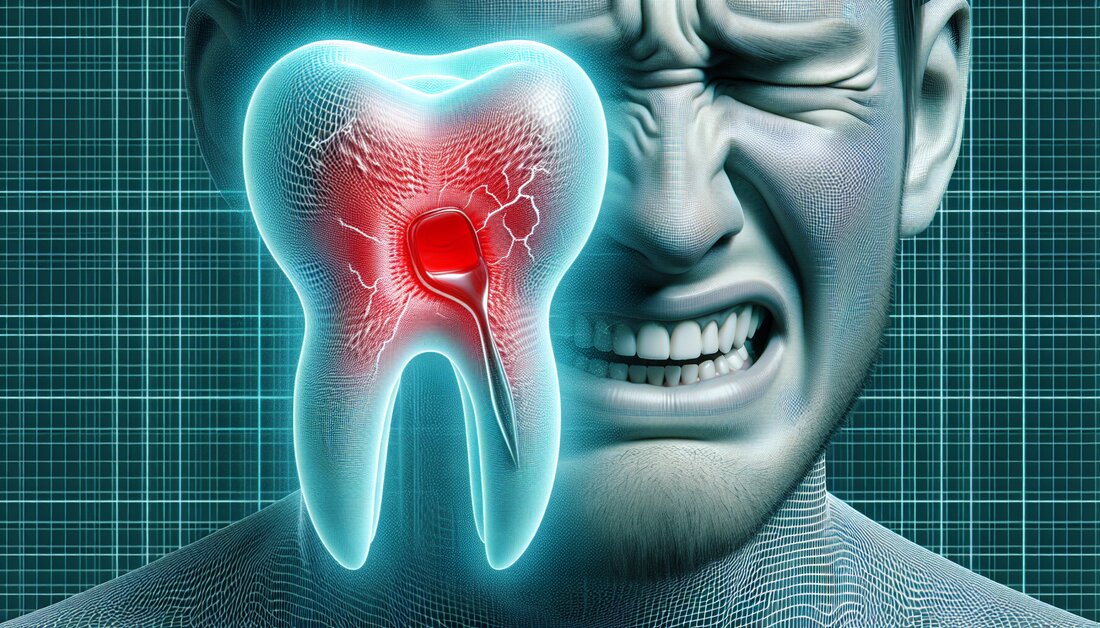The Power of the Nocebo Effect: When Hypnosis Fails in Dental Surgery
Interesting study shows how nocebo effect affects hypnosis during dental surgery! Hypnosis subsequently overcame this. #Science #Hypnosis

The Power of the Nocebo Effect: When Hypnosis Fails in Dental Surgery
This study focuses on a particularly intriguing case in dentistry, in which a patient who was considered highly hypnotizable was scheduled to undergo dental surgery—specifically, the removal of a wisdom tooth. Instead of using traditional anesthesia methods, the medical team relied on hypnosis as the sole anesthesia method. The patient had previously had positive experiences with hypnosis during dental procedures.
Surprisingly, the hypnosis didn't seem to work at first. The cause of the problem was the patient's negative expectations, triggered by another dentist's skeptical opinion about the effectiveness of hypnosis as an anesthetic method. This led to increased activity of the sympathetic nervous system – evidenced by increased heart rate, increased electrodermal activity and reduced heart rhythm variability – suggesting an increased stress response.
However, after deepening the hypnosis, full hypnotic analgesia was achieved. Successful performance of the operation was associated with a reduction in the aforementioned stress indicators and an increase in heart rate variability, indicating increased activity of the parasympathetic nervous system. This case illustrates how much the patient's psychology and expectations can influence the physical reaction to pain treatments.
The implications of this research are far-reaching. On a practical level, it shows that hypnosis can be an effective method of anesthesia, provided the patient has a positive attitude towards it and is appropriately prepared. She also emphasizes the importance of communication in the medical field: negative opinions and expectations can literally affect the success of treatment. In the future, this case could lead to more serious consideration of hypnosis as an alternative or complementary method of anesthesia in dentistry and to intensify training in the area of patient communication.
Basic terms and concepts
- Anästhesie: Medizinische Maßnahme zur vorübergehenden Ausschaltung der Schmerzempfindung während medizinischen Eingriffen.
- Hypnose: Ein Zustand veränderter Aufmerksamkeit und erhöhter Suggestibilität, bei dem das Bewusstsein des Individuums so modifiziert wird, dass es auf Anregungen reagieren kann.
- Nocebo-Effekt: Ein negativer Effekt auf die Gesundheit, der eintritt, weil der Patient erwartet, dass eine Behandlung oder ein Medikament schädlich sein wird.
- Sympathisches Nervensystem: Teil des autonomen Nervensystems, der in Stresssituationen den Körper auf Aktivität vorbereitet („Kampf-oder-Flucht“-Reaktion).
- Parasympathisches Nervensystem: Teil des autonomen Nervensystems, der für Ruhe und Erholung des Körpers zuständig ist.
- Herzratenvariabilität: Die Variation in den Zeitintervallen zwischen Herzschlägen. Ein Indikator für die Aktivität des autonomen Nervensystems.
- Elektrodermale Aktivität: Veränderungen im elektrischen Widerstand der Haut aufgrund der Schweißproduktion, die mit emotionalen Zuständen verbunden ist.
Successfully overcoming a nocebo reaction by deepening hypnosis in dentistry
The presented study examines a remarkable case in which a patient with high hypnotizability underwent third molar removal using hypnosis as the sole method of anesthesia. The patient had successfully completed similar procedures under hypnosis in the past, but in this case an unexpected nocebo reaction initially occurred, which was due to negative prior information from a previous dentist.
This nocebo reaction was manifested by two complaints from the patient and an associated increase in sympathetic activity, as evidenced by increased heart rate and electrodermal activity as well as reduced heart rate variability. Deepening the hypnosis ultimately led to complete hypnotic analgesia and enabled the procedure to be successfully completed. This change correlated with a decrease in heart rate and electrodermal activity as well as an increase in heart rate variability, indicating a reversal in the balance of sympathetic and parasympathetic activity.
The patient's postoperative self-report confirmed that the initial failure of hypnosis was due to a strong nocebo effect caused by a previous dentist's skeptical attitude and negative communication about the effectiveness of hypnosis as an anesthetic method in third molar removal.
The results of this case illustrate the significant potential of hypnosis in dental anesthesia and emphasize the importance of communication between dentist and patient in the context of managing expectations and avoiding nocebo reactions due to negative prior information. They also underline the relevance of physiological measurements to record the effectiveness and success of hypnotic interventions.
The full research article with detailed methods, results and discussions is available at https://pubmed.ncbi.nlm.nih.gov/38363817.

 Suche
Suche
 Mein Konto
Mein Konto
